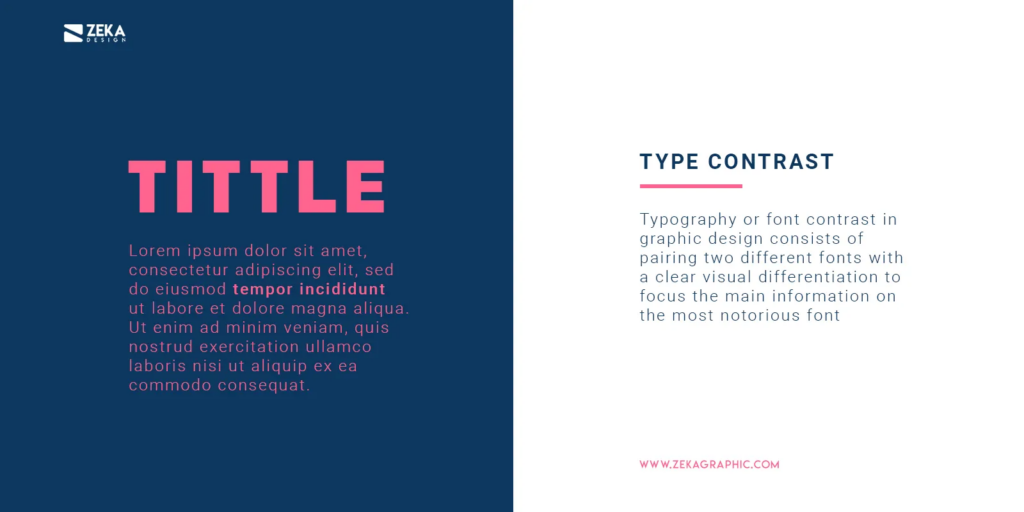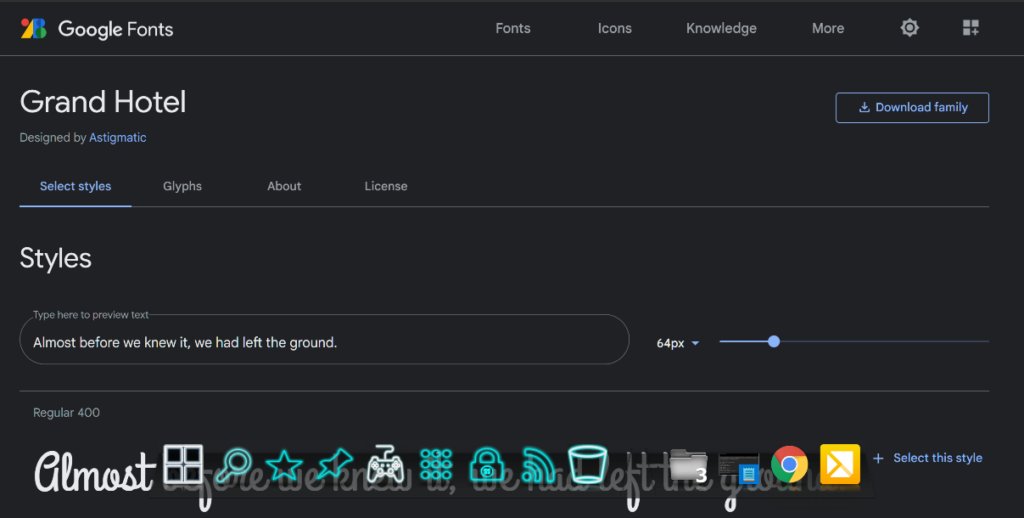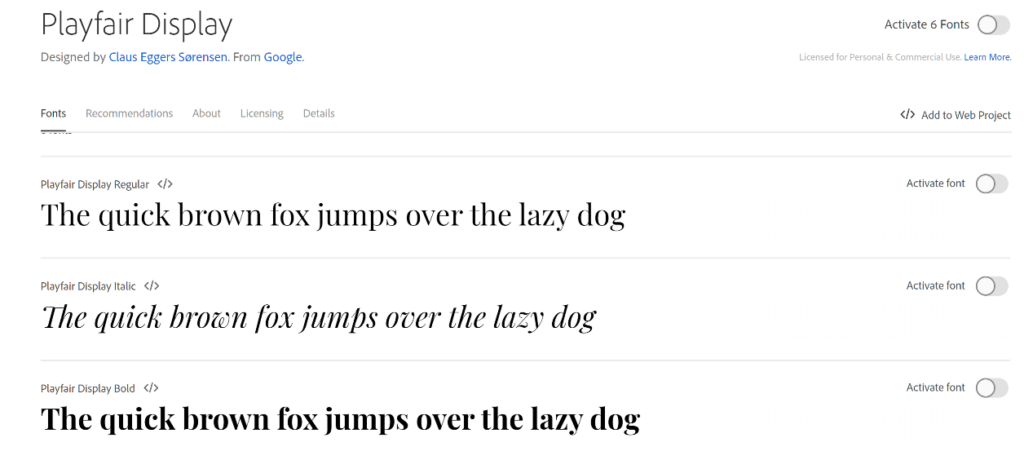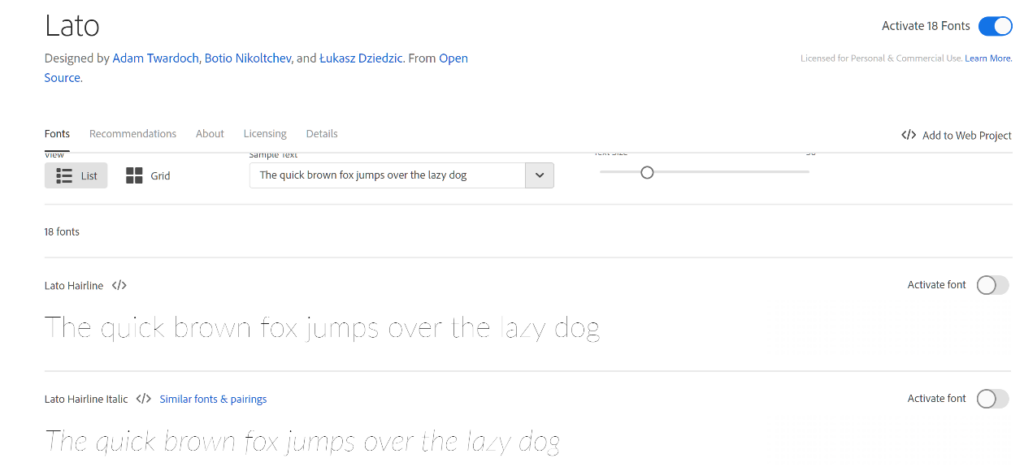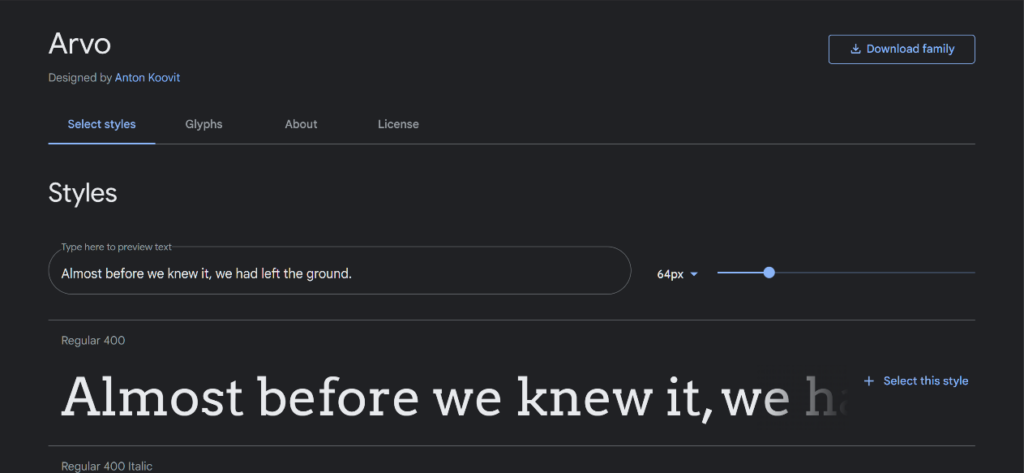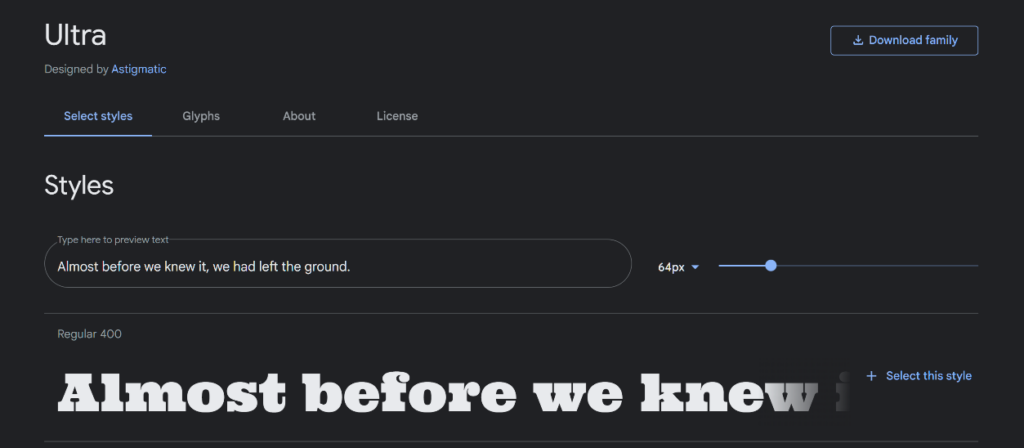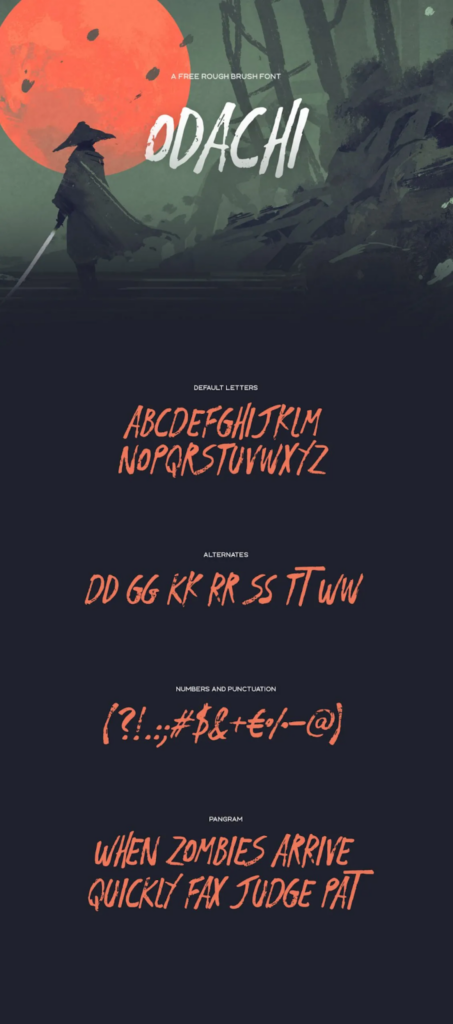Running a YouTube business channel is a really challenging but rewarding undertaking.
That is because your channel could become a massive success over night. However, there are a lot of factors that impact how well your content is ranked on YouTube. Perhaps you have seen well-established channels which have great content, but that is only one part of the story. Apart from improving the quality of your videos, there are several things that you need to understand in order to truly master running an optimal YouTube business. This optimization process usually revolves around figuring out how the YouTube search engine works under the hood. If done right, you will be able to maximize your YouTube revenue but also promote your business to a bigger audience, with the possibility of attracting many new investors and forging new powerful partnerships. Here is a guide on how to optimize your YouTube business channel.
Use subtitles and CC
YouTube subtitles are a great opportunity for you to add keywords to boost the ranking of your videos. This is essentially a video script in the form of a text which can be uploaded as a Subrip Subtitle File (SRT). This has some additional benefits which indirectly boost your YouTube ranking, such as improving the viewing experience for people with audio impairment. This way you can actually say your keywords, which is going to come across way more smoothly. In a way, this also creates a sense of cohesion because your video will reflect your title and video description, which is a big plus in Google’s book.
Your thumbnails make a huge difference
One of the latest additions to YouTube is the animated thumbnails, which just used to be a static image. This has become a massive factor that many big YouTubers leverage in order to gain a massive ranking on this rapidly-growing platform. This is important because your thumbnail means much more than just a fancy image that represents minimal information about your video. It is an actual preview of your video, which means that if your thumbnail fails to capture the attention of a potential viewer your video won’t even receive a view. To some extent, on the initial search engine results page (SERP) the video itself doesn’t really mean much, but it is actually the thumbnail that makes all the difference. Your viewers don’t even have to watch the full video, but it is worth noting that every click on your video counts towards driving the click-through rate. In human psychology, first impressions matter, because people are after all superficial when browsing the internet. Luckily, there are ways you can stand out from your competition. The first thing to consider is that you should use an interesting color scheme since bright inviting colors can be truly captivating. In addition, you should use the dynamic banner and design patterns. Most of all, your thumbnails should not over-promise either since people have developed a good sense of what a clickbait video is.
Select relevant keywords
Metadata on a YouTube page works the same as on any other site. This means that the engine will heavily rely on using keywords. This sounds complicated, but it is actually a game-changer. One of the first things to consider is adding a suitable keyword to your company name. This will make it easier for people to find your business online, as they will be hitting the relevant terms in their searches most of the time. In order to find the most relevant terms for YouTube keyword search, you should check out the amazing online tool that allows you to understand which terms are most popular for your niche. With this information, you will be able to add powerful new keywords to almost any part of your YouTube content. The description section below your videos should also include these keywords. In addition to that, you can also implement these magic keywords into your titles. This ensures that people will find your videos among the top few results. As more and more people discover your channel using these terms you are basically teaching the YouTube and Google algorithm to retrieve your channel on the search engine results page (SERP).
Publish longer videos
One often overlooked part about creating YouTube content is the length of the video itself. People treat this hidden feature as if they do not have any choice over it. When their ideas run out, that’s it, they end the video in a really short period of time. It has been found that the ideal length is around the 10-minute mark because it achieves a drastically higher watch time. Ten minutes is the sweet spot because people feel it is not too long so they can easily afford 10 minutes of their time, and it feels like just the right amount to actually find out something new. This is especially true in the business world, where it is of essential importance to convey your message across as concisely as possible. A great type of video for this length of time comes in the format of how-to videos. You can easily create a few main points that are going to really capture the viewers’ attention as they catch on to the pattern that you create.
Use end screens
In 2017 video annotations have been discontinued and this created a massive change in the way people watch YouTube. This is because with the rise of mobile viewing people have realized that it is nearly impossible to watch a video with annotations popping on the screen. This means that your strategy has to change. Luckily, YouTube cards and screens have been found to drive much higher click rates and they are much easier to implement. This has another benefit as people won’t have to click off your videos because of annoying popups. In addition, you can now point to your other videos using the amazing functionality of End Screens which can also link to other website domains. This is a great option for businesses because they can link to their online shops so that viewers that watched all the way through the end have an amazing opportunity to actually get their hands on their product or service. This is, in a sense, an instant way to get qualified leads.
Managing a business over YouTube is an extremely smart move because there are loads of things you can do to maximize your business success; use closed captions, make captivating thumbnails, select relevant keywords, publish videos that are around 10 minutes long, and use end screens.
The post A Guide to Optimizing your YouTube Business Channel appeared first on noupe.





